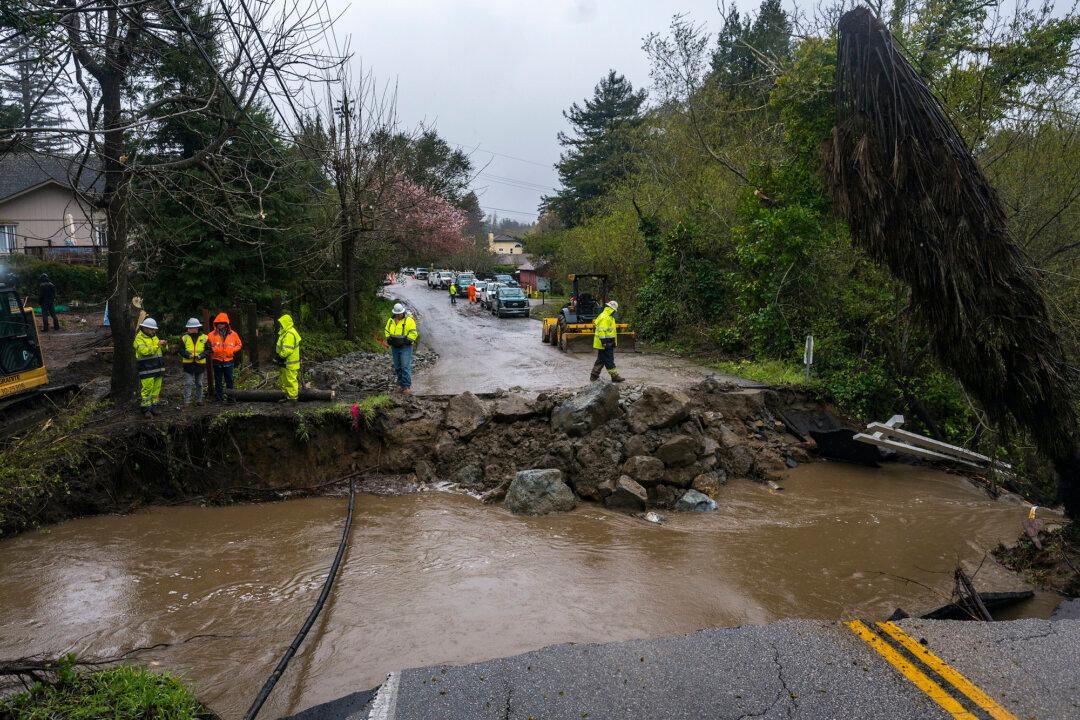More than 9,000 people have been ordered to evacuate, and over 54,000 are without power, as parts of California grapple with yet another atmospheric river system.
Heavy rain, thunderstorms, and strong winds from the system have resulted in floods in several major highways and small rural communities in the southern and central regions of the state.





